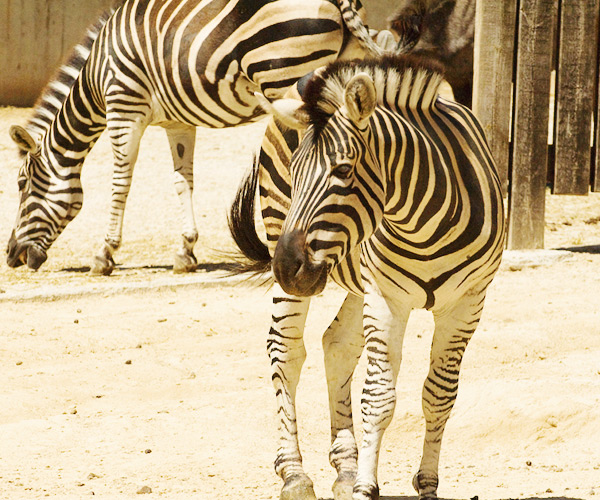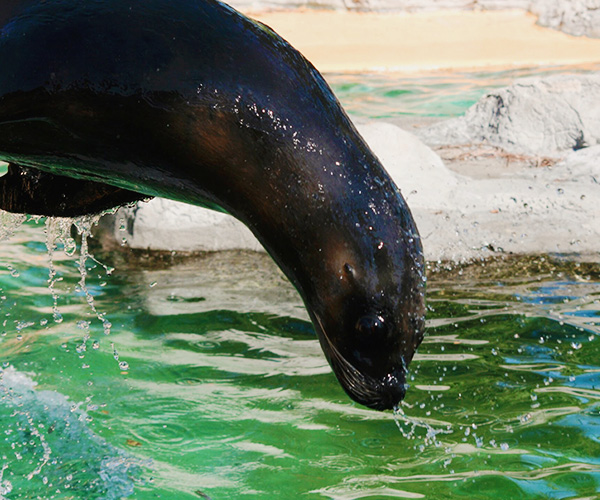Its dark brown coat and long white tail, similar to that of a horse, distinguish it from other wildebeests, although it also has other black tufts on different parts of its body: on the beard, on the forehead and between the front legs. Males and females have similar antlers, with bulging bases that almost touch at the crown, curved downward and forward.
It inhabits the open plains grasslands and scrublands of South Africa and Lesotho with sufficient vegetation for feeding.
Wildebeest are grouped in large herds of up to 60 individuals formed by males, females and their offspring.
They are herbivorous and sedentary mammals. They do not need large amounts of food to survive, although when pastures dry up, they are forced to travel in search of new territories.
The rutting season starts at the beginning of the year, between February and April, while gestation lasts from 240 to 255 days.
















